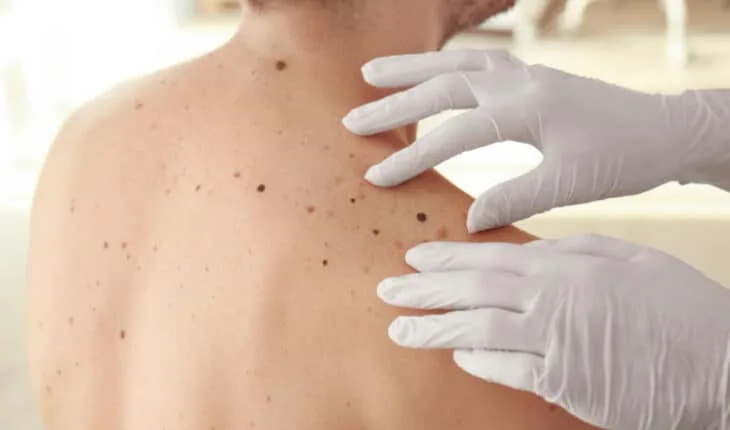Potential genetic screening for aggressive melanoma: Researchers from The University of Queensland and The Alfred hospital in Melbourne have identified gene variants which may contribute to people being at higher risk for nodular melanoma.
Dr Mitchell Stark from UQ’s Frazer Institute said nodular melanoma only accounts for around 14 per cent of invasive melanoma cases, but the aggressive subtype is the largest contributor to melanoma deaths.
“Melanoma is highly curable by surgery when diagnosed early, but nodular melanoma is often detected later because of its rapid growth rate and short window of opportunity for detection and diagnosis,” Dr Stark said.
“Up to 27 per cent of nodular melanoma cases appear as a skin-coloured tumour, as opposed to other more pigmented melanomas, adding an additional challenge to early diagnosis.
“We hope that by identifying these rare variants, it could help establish screening programs to determine the people most at risk.”
The research project analysed 500 genes already associated with melanoma and cancer risk.
“We identified 39 genes that had the greatest frequency of DNA variants in nodular melanoma compared to other melanoma subtypes,” Dr Stark said.
“Of those, four genes with rare DNA variants had the greatest frequency in nodular melanoma patients.”
Associate Professor Victoria Mar, Director of the Victorian Melanoma Service at The Alfred, said the information would enable clinicians to more effectively identify individuals at high risk of nodular melanoma, for targeted screening.
“We previously did not have a common genetic risk factor specific to the disease,” Dr Mar said.
“Genetic testing can help us identify who might be at greater risk of developing nodular melanoma.
“Once we know someone has these gene variants, it’s then possible to offer education and more appropriate screening to hopefully catch it earlier and improve patient outcomes.”
The research was based at the Translational Research Institute and supported by funding from the National Health and Medical Research Council, the Queensland Government and The Alfred Foundation.
The research is published in the British Journal of Dermatology.
- Combination of drugs could prevent thousands of heart attacks - 21st April 2025
- UQ Study Links Poor Teen Diets to Heavy Social Media Use - 21st April 2025
- Gut microbiome could delay onset of type 1 diabetes - 3rd April 2025






